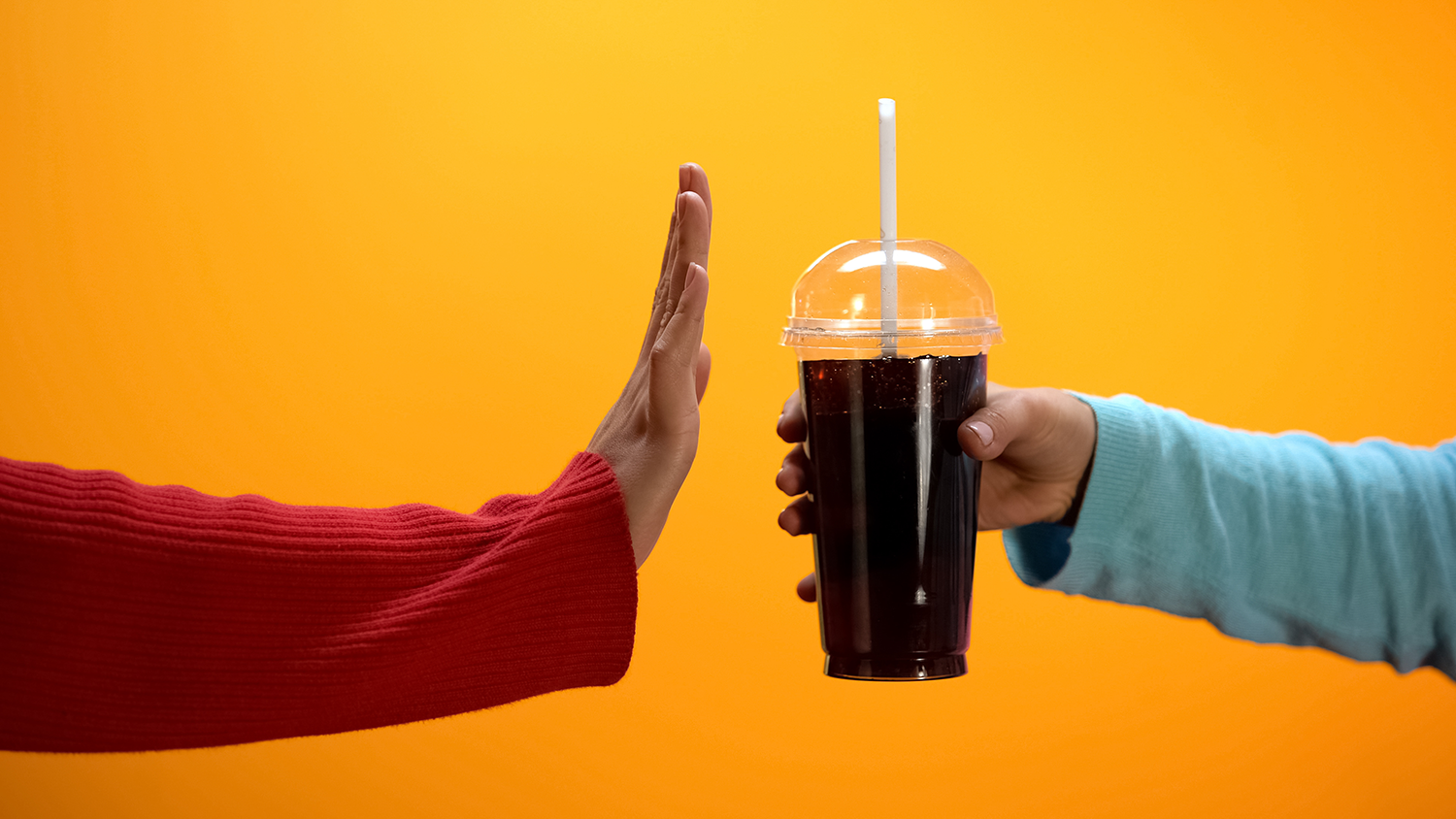By Indiana Lee, Contributor
Dining out is one of life’s greatest pleasures. Visiting a favorite restaurant with friends or family isn’t just a delight for the tastebuds, it’s also nourishment for the soul. And this, indeed, is often the reason why restaurateurs chose to enter — and to remain — in such a challenging and competitive industry.
For restaurant owners and managers, there is nothing quite as gratifying as watching your guests relish the atmosphere and savor the delectables you’ve provided. But, for your customers with diabetes, the opportunity to delight in good food and good company is not without its perils.
Indeed, for guests with diabetes, dining out can be a stressful and downright unpleasant experience. They may find themselves faced with some pretty unsavory choices–either to deprive themselves of the most delicious dishes on offer or risk their health with glucose-spiking items.
The good news, though, is that your guests with diabetes don’t have to choose between good health, good food, and good times. With a bit of strategy, you can help them have it all. This article describes best practices you can use to ensure that your customers with diabetes have the stellar experience they deserve without jeopardizing their health.
Understanding Diabetes and the Dining Experience
Diabetes is a serious and chronic disorder of the endocrine system that compromises the body’s ability to metabolize blood sugar (glucose), which the cells use for energy. It is also one of the most prevalent diseases in the U.S. and around the developed world, with more than 37 million Americans estimated to have some form of the disease.
There are three principal types of the disease. Type 1, which is often diagnosed in early childhood, refers to the body’s inability to produce insulin, the primary hormone needed to metabolize glucose.
Gestational diabetes refers to chronically elevated glucose levels related to pregnancy and it frequently resolves after childbirth.
Type 2 diabetes, or diabetes mellitus, is far and away the most common form of diabetes in the US and other Western societies. Once referred to as “adult-onset” diabetes, rates of type 2 diabetes are surging among younger populations, which may be attributed, at least in part, to lifestyle factors, such as obesity.
Regardless of the particular form of diabetes a person has, diet is a critical component in disease management. Patients must remain highly cognizant of their nutritional choices, avoiding foods that have a high glycemic index and, therefore, are likely to produce dangerous blood sugar spikes.
This is what makes dining out so perilous for persons with diabetes. In the U.S. in particular, staple ingredients and menu offerings are often loaded with hidden sugars. Indeed, the modern sugar culture has resulted in Americans leading the world in sugar consumption, taking in an estimated 17 teaspoons of added sugar each day.
Diabetic patrons who wish to enjoy a good meal that is also healthy can feel very like they are trying to walk a tightrope over a minefield. Even the most seemingly innocuous of ingredients, from sauces to seasonings, can be saturated with unsuspected sugar.
Give Your Restaurant a Menu Makeover
Given the tremendous importance of diet in diabetes management, one of the first and most important things restaurant operators can do to help your diabetic customers is makeover your menus. It’s imperative, for example, that your menus offer complete and comprehensible nutritional information, including calling out diabetes-friendly options.
Your menus, for example, should provide information not only on total sugar or carbohydrate counts but also on the types of carbs and the amounts of added sugars. This is because different customers will have different needs, as carbs and sugars are often metabolized differently by different people. Thus, an ingredient that may be expected to produce a glucose spike in one diabetic guest may produce only a minimal blood sugar increase in another diabetic customer.
The more comprehensive you can be in your menu, the better able your customers with diabetes will be to make informed choices based on their individual needs.
Altering Recipes and Offering Substitutions
As important as it is to make your menus as clear, accurate, and informative as possible, that’s only half the battle. You’re not helping your diabetic customers if you’re giving them nutrition counts but not offering healthy options.
For this reason, you will also need to focus on revamping your menu offerings and changing up your recipes a bit. This might include incorporating alternative sweeteners in your recipes rather than relying on traditional table sugar or syrups.
It’s especially important to offer a variety of beverages, as most sodas are extraordinarily high in sugar because they are sweetened with high fructose corn syrup. Providing your guests with alternatives to soda--including water, tea, and lemonade flavored and sweetened with sugar substitutes--can slash the overall glycemic index of a meal.
The Takeaway
All guests deserve the opportunity to enjoy a great meal with their loved ones without having to worry that they’re putting their health on the line. By providing comprehensive nutritional information and offering an array of diabetes-friendly menu choices, you can ensure your diabetic guests have the stellar experience they deserve.






